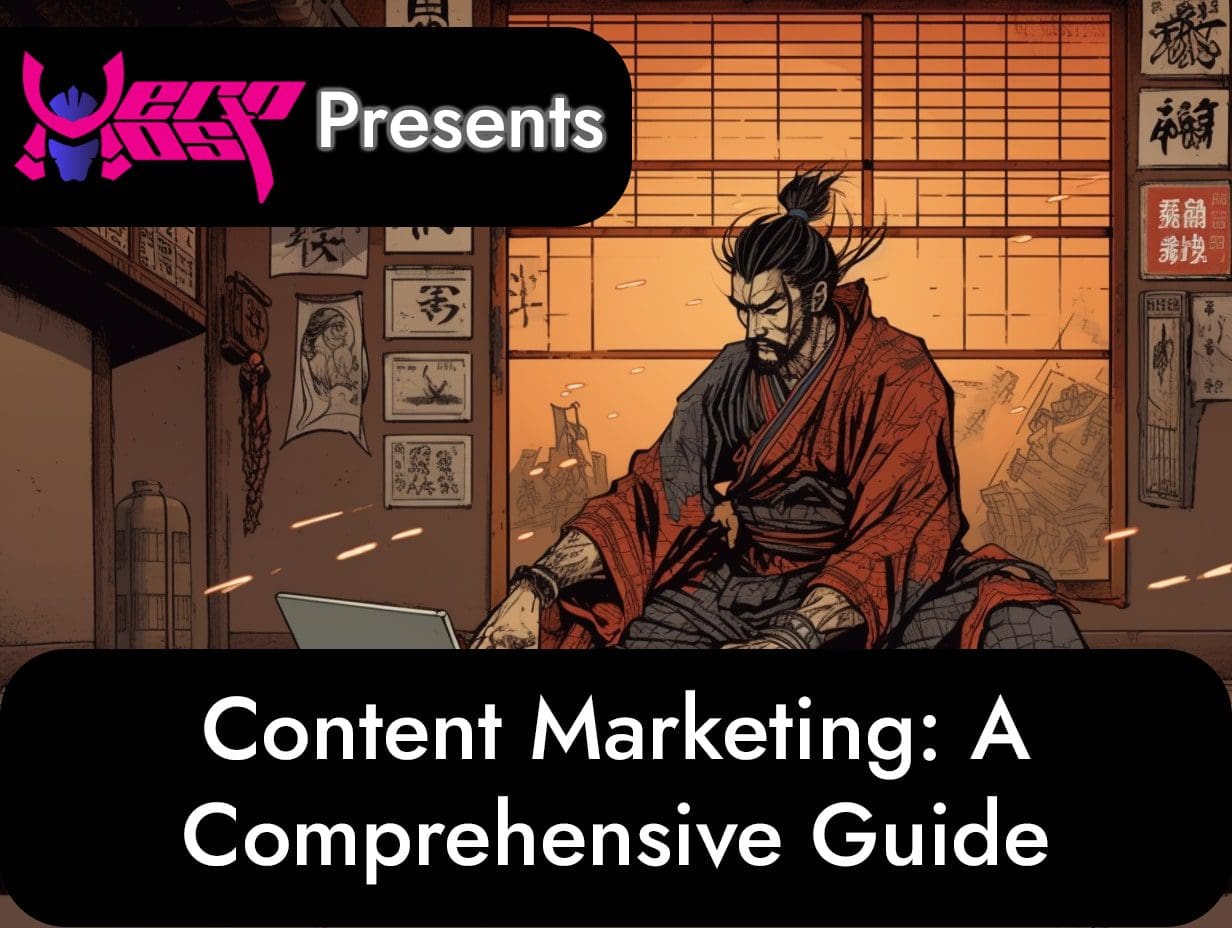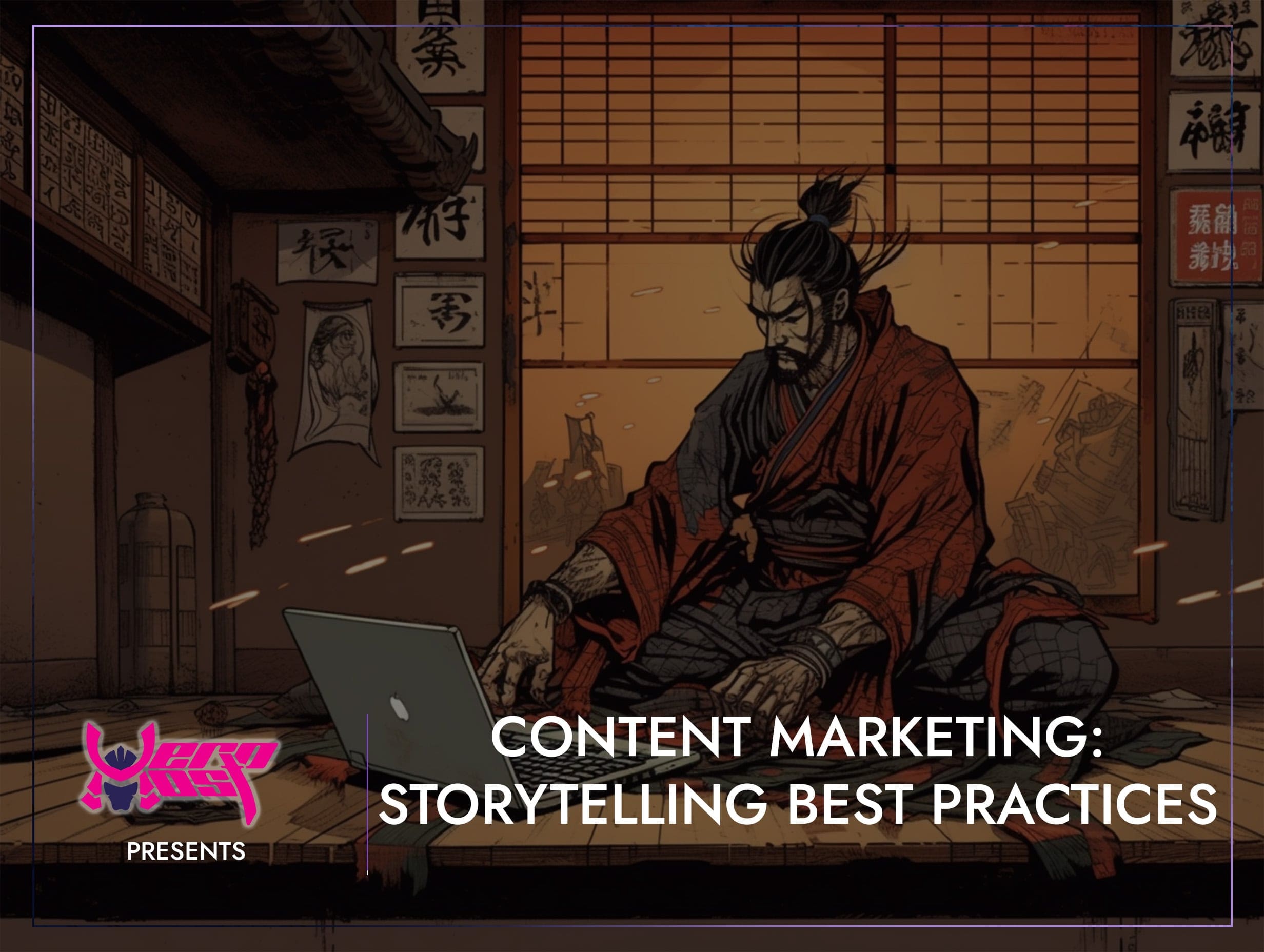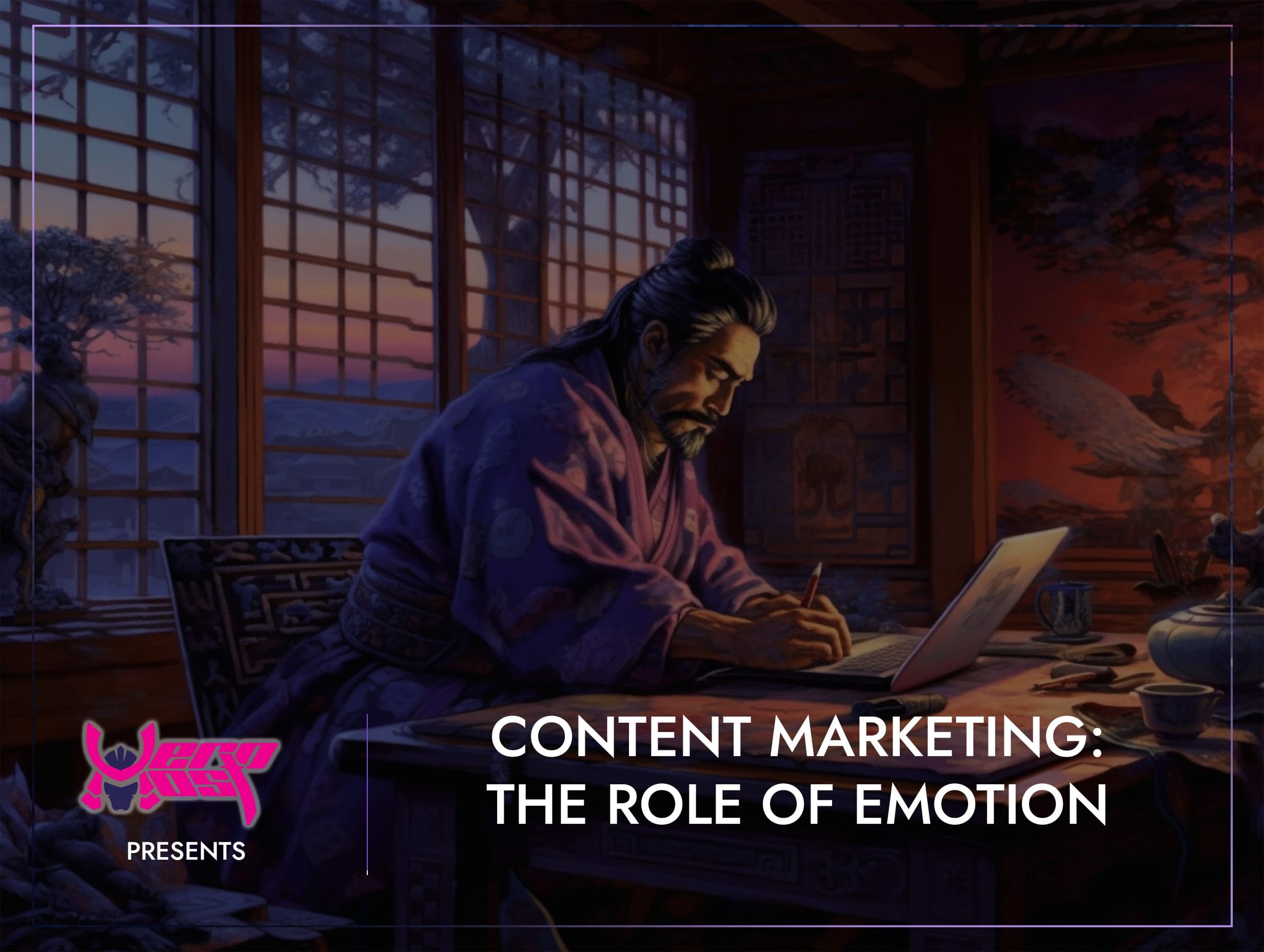Content Marketing: A Comprehensive Guide
- Home
- Content Marketing
- Content Marketing: A Comprehensive Guide

- Mikey Ryu
- October 30, 2023
- 0
Content Marketing: A Comprehensive Guide
What is Content Marketing
In the digital age, content marketing has emerged as a vital strategy for businesses looking to connect with their target audience, build brand authority, and drive growth. As the marketing landscape continues to evolve, mastering the art of content marketing is essential for staying relevant and competitive. In this comprehensive guide, we’ll explore the fundamentals of content marketing, and its key components, and provide practical insights to help you craft and execute an effective content marketing strategy.
What is Content Marketing?
Content marketing is a strategic approach to creating and distributing valuable, relevant, and consistent content to attract and engage a clearly defined target audience. The primary goal of content marketing is to build trust, and brand loyalty, and eventually drive profitable customer action. It’s about providing real value to your audience, rather than simply pushing products or services.
The Importance of Content Marketing
Audience Engagement:
Content marketing allows you to connect with your audience on a deeper level. By offering useful and informative content, you can address their needs and concerns, fostering a stronger relationship.
Building Authority:
High-quality, consistent content positions your brand as an authority in your industry. When people trust your expertise, they are more likely to choose your products or services.
SEO and Organic Traffic:
Valuable content is a critical component of search engine optimization (SEO). By creating content that addresses specific keywords and topics, you can improve your website’s search engine rankings and attract organic traffic.
Lead Generation:
Content can serve as a powerful lead-generation tool. By offering gated content like ebooks or webinars, you can capture contact information from potential customers.
Key Components of a Content Marketing Strategy
Define Your Audience:
The foundation of content marketing is understanding your audience. Who are they? What are their needs, pain points, and interests? Develop detailed buyer personas to guide your content creation.
Set Clear Goals:
Establish measurable objectives for your content marketing efforts. Common goals include increasing website traffic, generating leads, or enhancing brand awareness.
Content Planning:
Create a content calendar outlining the topics, formats, and publication dates. Consistency is key to building an engaged audience.
Content Creation:
Craft content that is valuable, informative, and engaging. Focus on providing solutions to your audience’s problems and addressing their questions.
Distribution and Promotion:
Develop a plan for sharing your content through various channels, including your website, social media, email marketing, and other platforms.
Analyze and Adjust:
Regularly analyse the performance of your content. Use analytics tools to track metrics like website traffic, engagement, and conversion rates. Adjust your strategy based on these insights.
Types of Content
Blog Posts:
Written articles that provide information, insights, and solutions.
Infographics:
Visual representations of data or concepts.
Videos:
Engaging video content for various platforms, from YouTube to social media.
Ebooks:
In-depth guides and resources on specific topics.
Podcasts:
Audio content that allows you to reach a different audience.
Social Media Posts:
Short, engaging updates are shared on platforms like Facebook, Twitter, and Instagram.
Email Marketing:
Personalised emails with valuable content for your subscribers.
Case Studies:
Detailed stories of how your product or service solved a specific problem.
Creating Compelling Content
Understanding Your Audience:
Before creating content, research and understand your target audience. What are their pain points, interests, and preferences?
Quality Over Quantity:
It’s better to create fewer pieces of high-quality content than to publish a lot of low-quality content. Aim to be the best resource in your niche.
Storytelling:
Weaving storytelling into your content helps create a connection with your audience. People remember stories better than facts and figures.
Originality:
While it’s okay to draw inspiration from others, strive to create unique and original content that sets you apart.
Optimise for SEO:
Research relevant keywords and integrate them naturally into your content. This helps with search engine visibility.
Use Visuals:
Visual elements like images, infographics, and videos can significantly enhance the appeal of your content.
Content Distribution
Creating fantastic content is only half the battle; getting it in front of your audience is the other crucial component. Here’s how to effectively distribute your content:
Website/Blog:
Publish your content on your website or blog to attract organic traffic and provide a hub for your audience.
Social Media:
Share your content across social media platforms where your audience is active. Each platform may require a tailored approach.
Email Marketing:
Send your content to your email subscribers. Use personalized subject lines to increase open rates.
Guest Posting:
Contribute articles to other reputable websites in your niche. This can help you reach a broader audience and build backlinks to your site.
Content Syndication:
Share your content on platforms like Medium or LinkedIn to expand your reach.
Forums and Communities:
Participate in online forums and communities related to your industry. Share your content when it’s relevant and genuinely helpful.
Paid Promotion:
Consider using paid advertising to boost the visibility of your content, especially when you have high-converting pieces.
Measuring Success
To determine the effectiveness of your content marketing strategy, you need to measure its impact. Key performance indicators (KPIs) to consider include:
Website Traffic:
Monitor the number of visitors to your site and the specific pages they visit.
Engagement:
Track metrics like likes, shares, comments, and click-through rates on social media.
Conversion Rate:
Measure how many visitors take desired actions, such as signing up for a newsletter or making a purchase.
Bounce Rate: Keep an eye on how quickly visitors leave your site without interacting further.
Return on Investment (ROI):
Calculate the return on investment for your content marketing efforts.
Content Marketing Challenges
While content marketing can be incredibly effective, it’s not without its challenges:
Consistency:
Maintaining a regular publishing schedule can be challenging, but it’s crucial for building an audience.
Competition:
As more businesses adopt content marketing, competition for attention increases. Standing out is vital.
Content Quality: Creating high-quality, valuable content is time-consuming and requires expertise.
Measuring Success:
Determining the ROI of content marketing efforts can be challenging.
Conclusion
Content marketing is a dynamic and effective strategy for businesses to engage their audience, build authority, and drive growth. By understanding your audience, creating high-quality content, and effectively distributing it, you can harness the power of content to achieve your marketing goals. While challenges exist, the benefits of a well-executed content marketing strategy far outweigh the drawbacks. Stay committed, be consistent, and always prioritize providing value to your audience, and your content marketing efforts will yield significant results.
Search
Categorys
- Branding (12)
- Business Growth Guides (3)
- Business Insights (3)
- Content Marketing (43)
- Domain Authority (19)
- Email Marketing (28)
- Google Analytics & Search Console (5)
- Hack or Not (2)
- Hero Host News (0)
- Inbound Marketing (32)
- Lessons From Asia (40)
- Marketing Guides (11)
- Martial Arts Journey (14)
- Outbound Marketing (8)
- Search Engine Optimisation (SEO) (41)
- Social Media Marketing (38)
- Web Design (20)
- Website Hosting (4)
- Wordpress (2)






